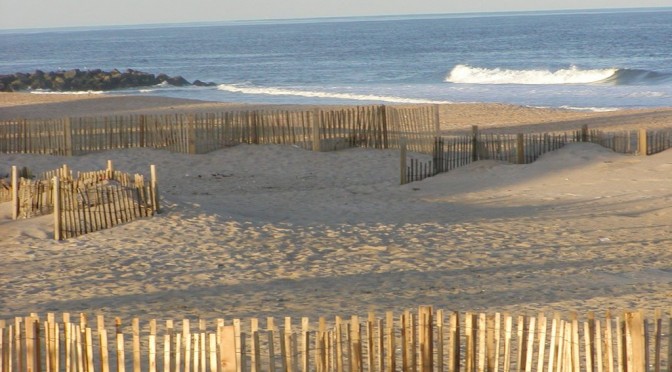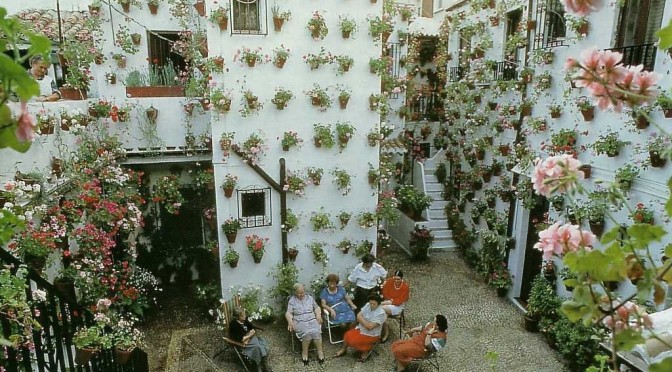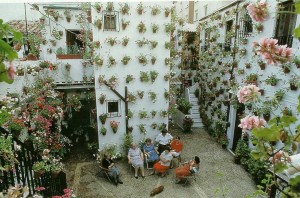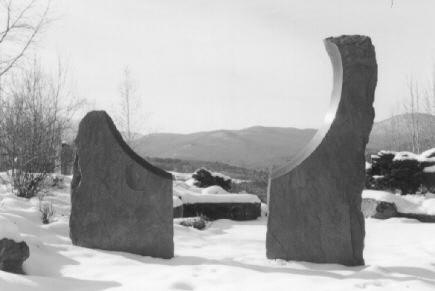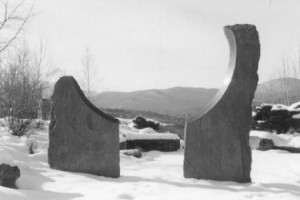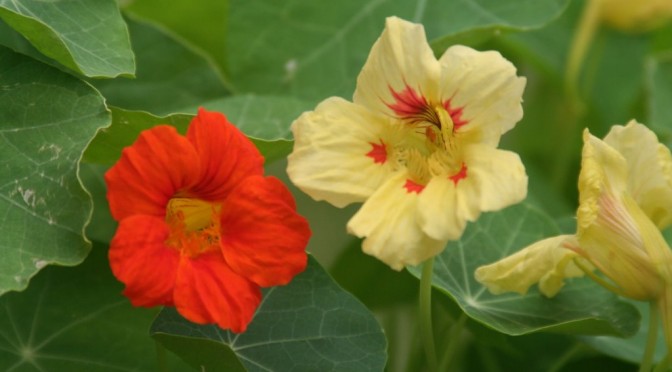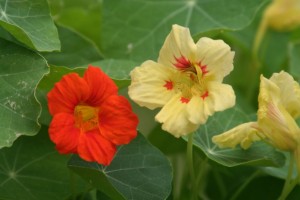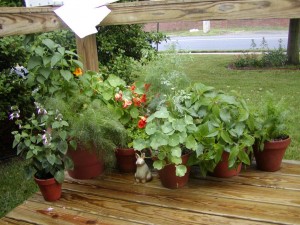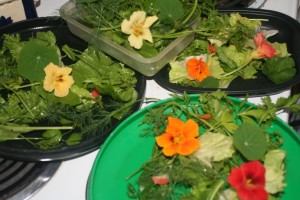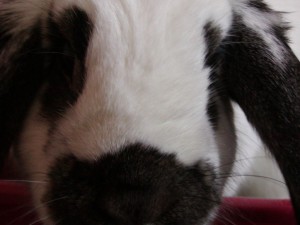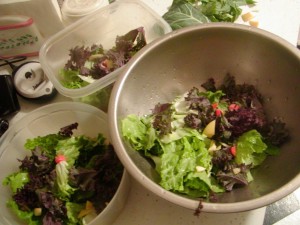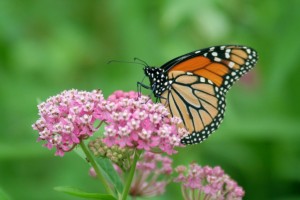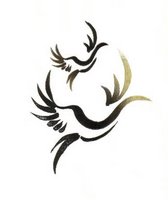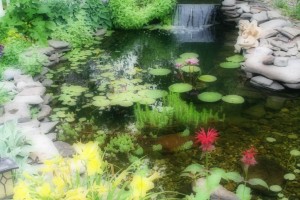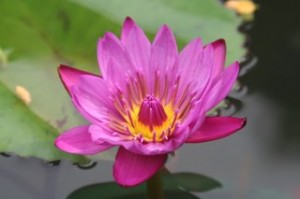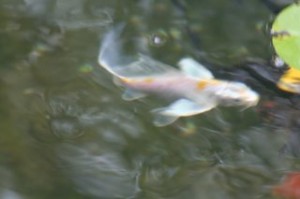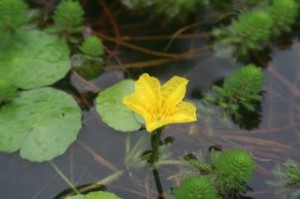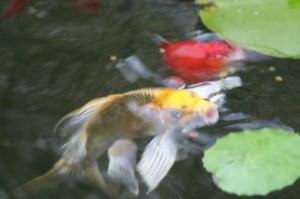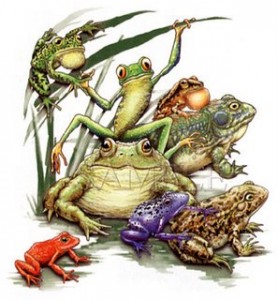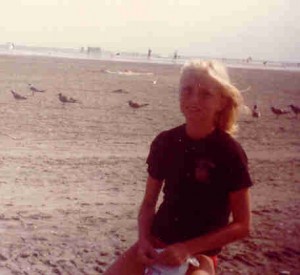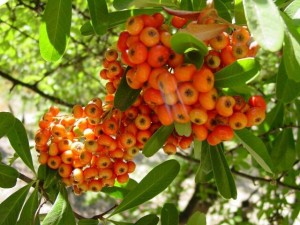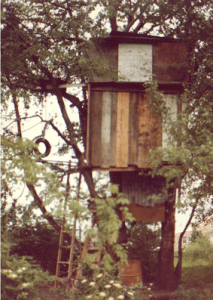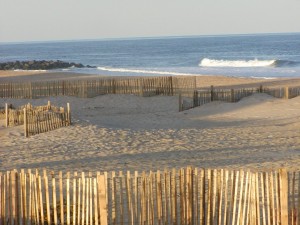 “July is the year at high noon, a young matron with hazel eyes, sun-bleached golden hair and a cloud-filmy red, white and blue scarf with spangles. July is festival and celebration and long remembered holiday as well as full moon and fireflies and smell of sweet clover at the roadside.
“July is the year at high noon, a young matron with hazel eyes, sun-bleached golden hair and a cloud-filmy red, white and blue scarf with spangles. July is festival and celebration and long remembered holiday as well as full moon and fireflies and smell of sweet clover at the roadside.
July is gray-green of oat fields turning to gold. July is meadows frosted with Queen Anne’s lace and daisies, and night hawks in the evening sky, and fledgling robins, and half-grown rabbits eating the lettuce in the garden. July is lightning and thunderstorms that jolt the hills, rain like silver threads hung from the high, dark clouds. It is field corn reaching for the sun and glistening with the morning dew and thrusting its gold-hung spire of tassel up for the dry winds to kiss and bless and make fertile the sprouting young ears beneath.
July is weeds grown lush, horseweed in the waste place, and milkweed and nettle and forbidding thistle; and pigweed and purslane and rough-leaved German weed in the garden. It is string beans prolific, and bean beetles; it is squash flowers, venerable symbol of fertility, and squash beetles; it is tomatoes coming to fruit and horned tomato worms which turn into sphinx moths. 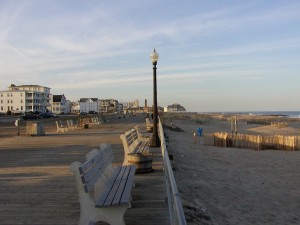
July is get-up-and-go, vacation time, the shore, the lake, the country, anywhere but home. July is hot afternoons and sultry nights, and mornings when it’s a joy to be alive. It’s fresh cherry pie. It’s first sweet corn. It’s baby beets, well buttered, please. July is a picnic and a red canoe and a sunburned neck and a softball game and ice tinkling in a tall glass. July is a blind date with Summer.” –Hal Borland, Sundial of the Seasons
Pics taken at Ocean Grove in early April. I’m sure the beaches and boardwalk are packed with people this weekend. Most locals don’t brave the beaches until after Labor Day.
